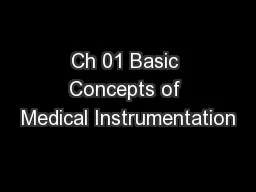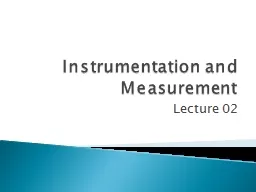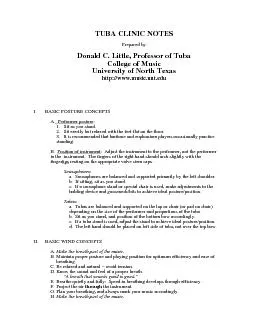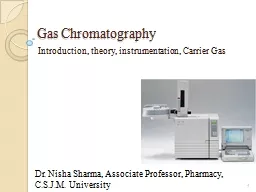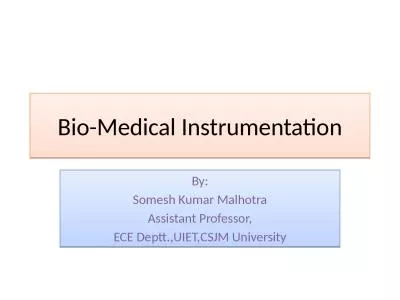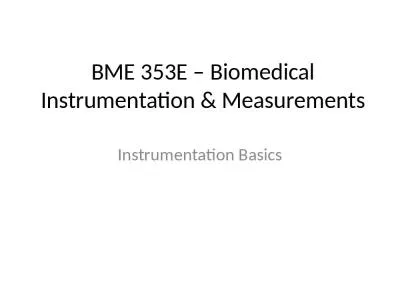PPT-Ch 01 Basic Concepts of Medical Instrumentation
Author : yoshiko-marsland | Published Date : 2016-05-14
11 Terminology of Medicine and Medical Devices 12 Generalized Medical Instrumentation System Figure 11 Generalized instrumentation system The sensor converts energy
Presentation Embed Code
Download Presentation
Download Presentation The PPT/PDF document "Ch 01 Basic Concepts of Medical Instrume..." is the property of its rightful owner. Permission is granted to download and print the materials on this website for personal, non-commercial use only, and to display it on your personal computer provided you do not modify the materials and that you retain all copyright notices contained in the materials. By downloading content from our website, you accept the terms of this agreement.
Ch 01 Basic Concepts of Medical Instrumentation: Transcript
Download Rules Of Document
"Ch 01 Basic Concepts of Medical Instrumentation"The content belongs to its owner. You may download and print it for personal use, without modification, and keep all copyright notices. By downloading, you agree to these terms.
Related Documents

